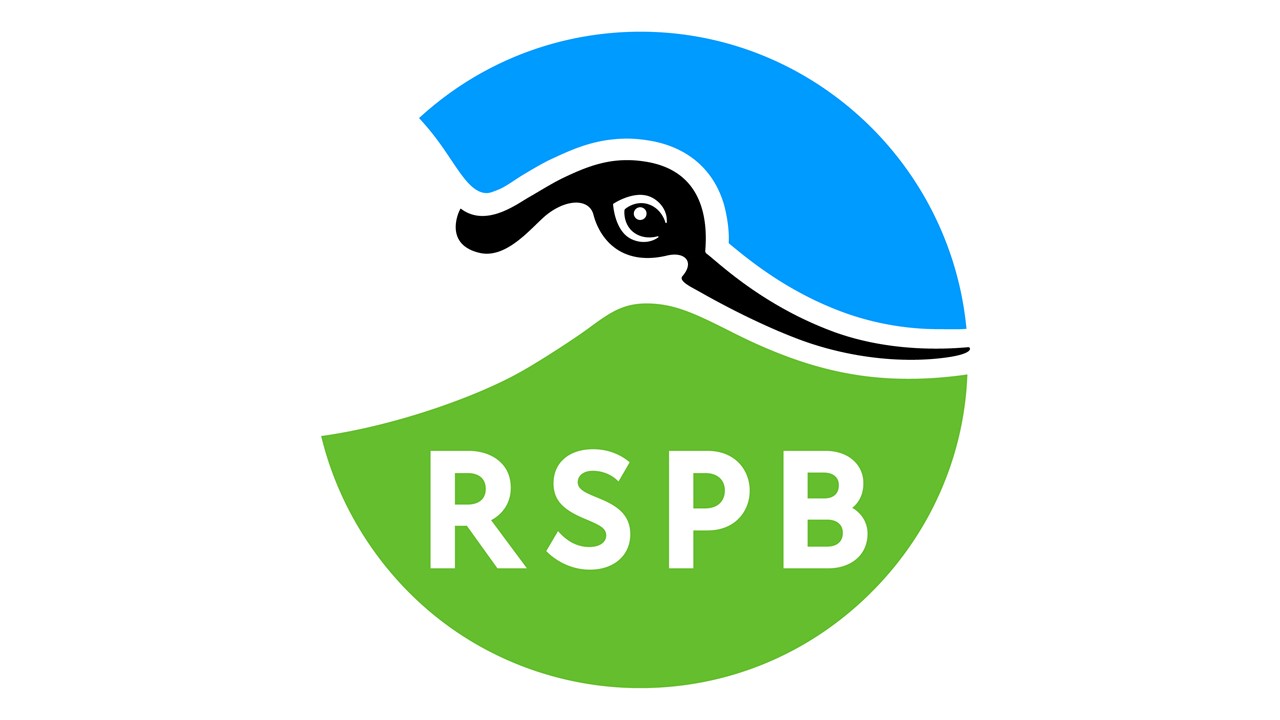Online Reporting Frequently Asked Questions
Below are some commonly asked questions but if you cannot find an answer to your query please contact us
If you experience any difficulties loading any of the online pages, please "Refresh" your page on screen using the relevant button in the browser bar
Numbers and Trends
Low Tide
Numbers and Trends
1. What do the numbers in the table show?
The numbers are the peak counts in any one month of the given WeBS year.
2. Is it possible to sort the species or sites in the table alphabetically?
You can sort these using the arrows at the top of the column.
3. Is it possible to sort the data in the tables?
You can sort the data using the arrows at the top of the column next to the year you wish to sort.
4. Is it possible to view data from before the five year period shown?
Yes, you can scroll back through previous years using the ‘go back’ arrow between the species/site column and the years
5. What do counts in brackets mean?
Counts in brackets signify undercounts.
6. How is the five year average worked out?
This is the average of the peak counts. Averages are initially calculated using only complete counts. Averages are then recalculated with incomplete counts that exceed the previously calculated average also included. This ensures that while low incomplete counts do not depress the average high incomplete counts are allowed to increase the average (as in fact the true average would be even higher if complete counts had been available in these cases). If all counts were incomplete the highest incomplete count is used as an estimate of the average.
7. What does the month mean?
This is the month in which the peak in the most recent year occurred.
8. What do the blue and green blocks at the end of some rows mean?
These signify where the five year average for a species has broken the 1% threshold level of either the international or national importance.
9. What do the counts in the orange cells within the table mean?
These counts are supplementary counts. These can be turned on or off using the check box.
10. Is it possible to find data at a finer level than the UK?
Using the dropdown menus, you can filter the species data to show a particular country, county or even habitat type. For data at a sector level, these can only be obtained as a WeBS Data Request.
11. Why is it possible to view old report data?
As data received late may not appear in that year’s report or numbers may change in subsequent reports, you can view the report as it was published in the top right hand corner of the screen.
Low Tide
1. On the maps, how many birds does a dot represent?
Dots represent an average of one bird.
2. On the maps, what do the different coloured areas mean?
The colours signify the different habitat types – beige is intertidal, blue is sub-tidal and pale green is non-tidal. Grey areas were not counted in that winter.
3. Do the dots on the maps identify the exact location of the birds in the section?
No, the dots are randomly placed within the section by the GIS. No information about the distribution of birds at a finer scale than the count sector level should be inferred from the dot density maps










Share this page